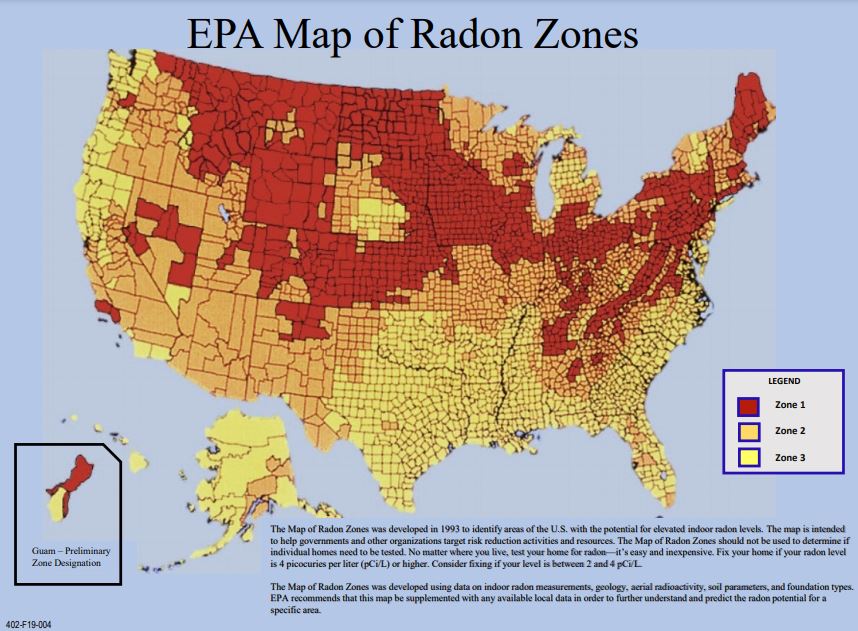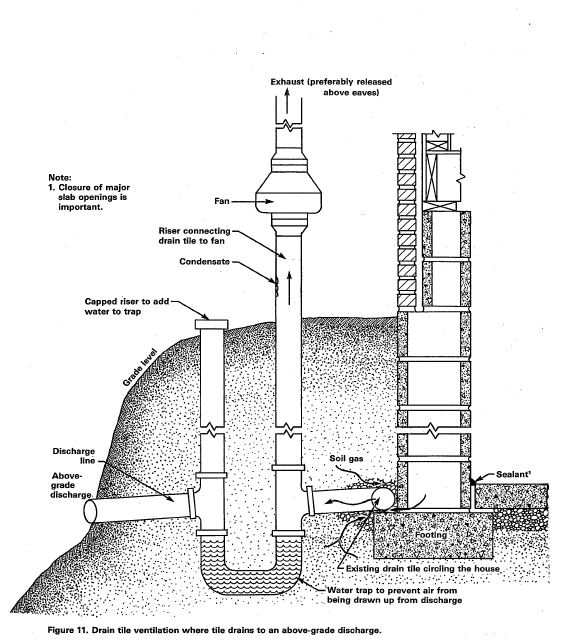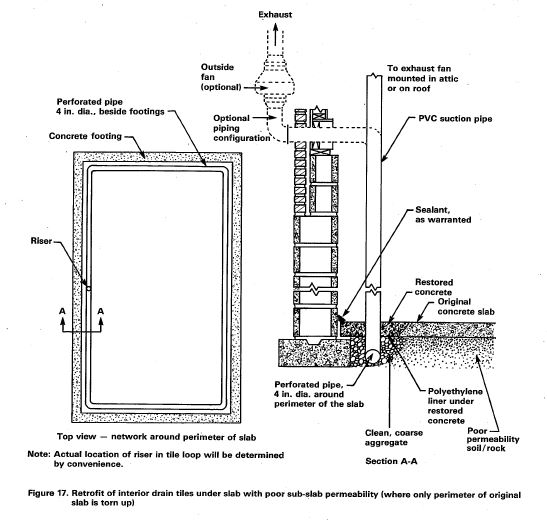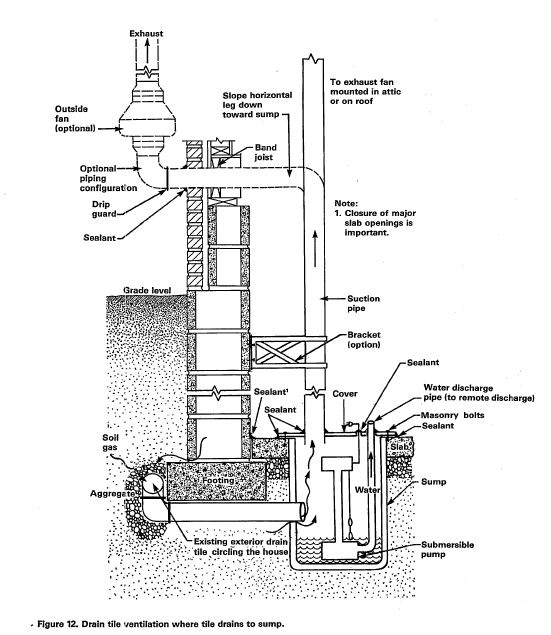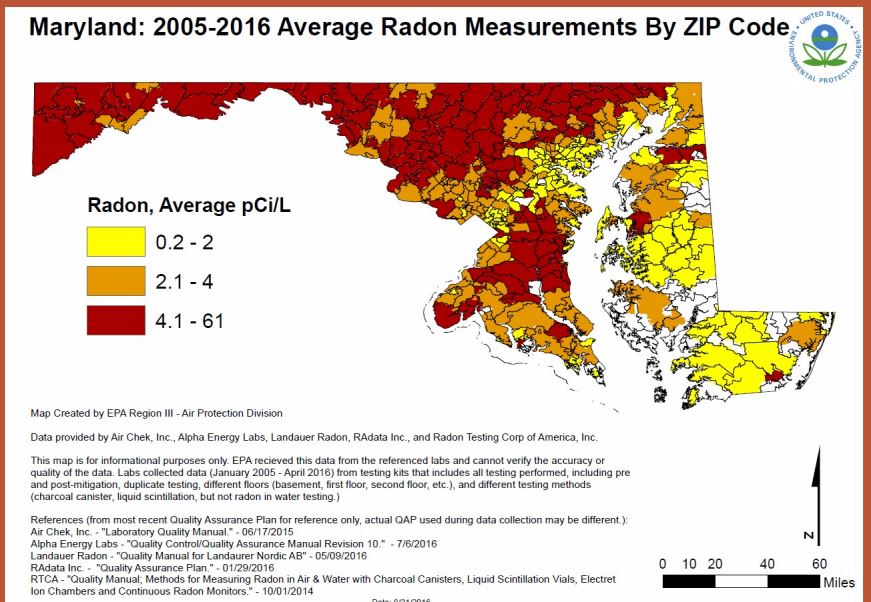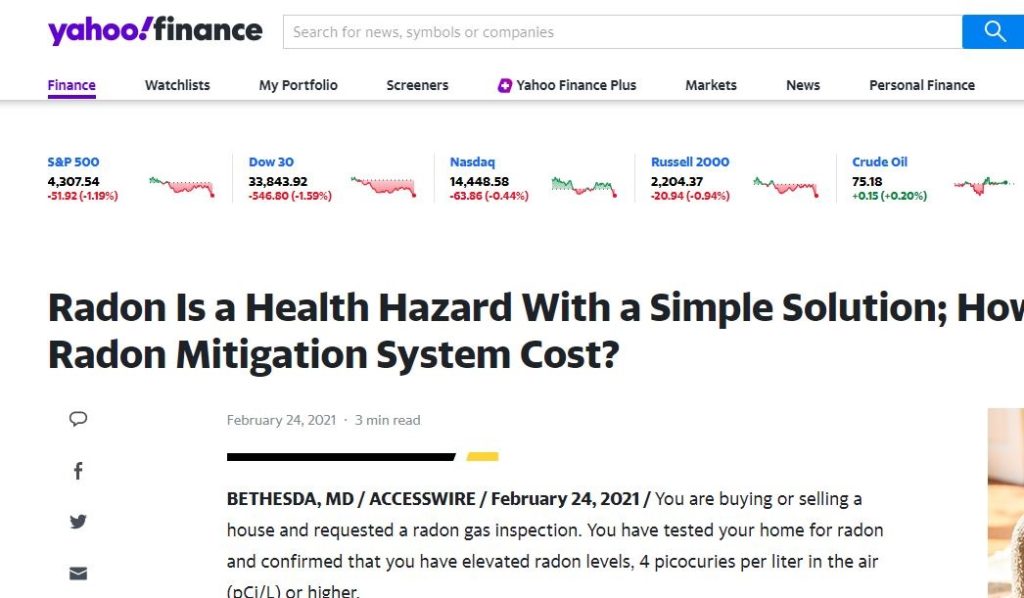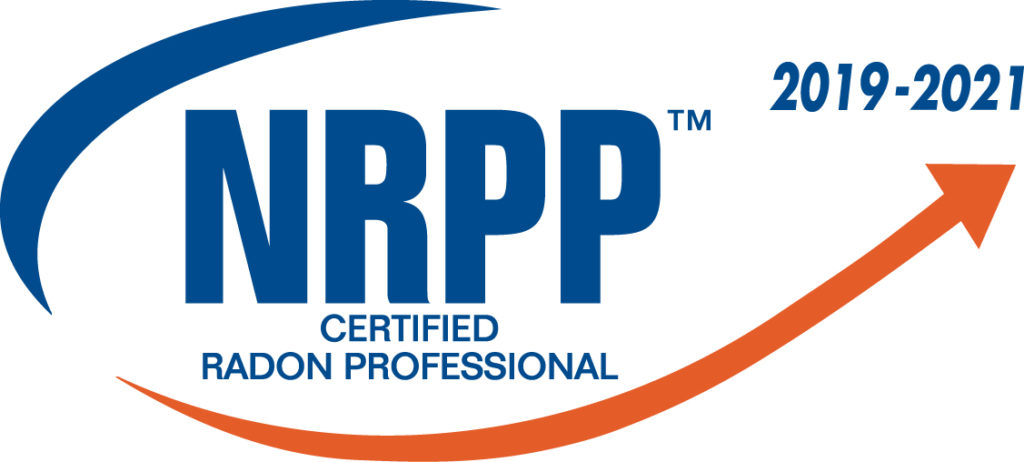Radon Mitigation EPA’s Techniques
Types of Radon Mitigation System Installation
Radon mitigation system installation is a technical term for the process of evacuating radon gas from a home, school, multifamily building. Also, any other property in which concentrations of radon have accumulated to unsafe levels.
According to the Federal Indoor Radon Abatement Act of 1988, the goal is to lower indoor radon concentrations as close to outdoor radon levels as possible or As Low As Reasonably Achievable. If you find that you have high radon levels, at or above 4 pCi/L EPA recommends to reduce the radon level to below 4 pCi/L .
To achieve this goal a mitigation contractor must employ deliberate and unique strategy. In other words, to each home will be unique system. It’ll be based on multiple factors . For example, foundation type, HVAC systems, substrate below the house, and structural and building design elements. Radon systems are permanent improvement if the house . Moreover, integral components of the home and should function properly regardless of human occupancy and weather condition .
Radon removal provider can officer a variety of methods to reduce radon in homes. Sealing cracks and other openings in the foundation is a basic part of most approaches to radon reduction. EPA does not recommend the use of sealing alone to limit radon entry. Sealing alone has not been shown to lower radon levels significantly or consistently. In most cases, a system with a vent pipe(s) and fan(s) used to reduce radon. These “sub-slab depressurization” systems do not require major changes to your home. This system designed to achieve lower sub-‐slab pressure . Its relative to indoor air pressure. In other words, a fan-‐powered vent will be drawing away air from beneath the concrete slab.
Active Soil depressurization
Electrical fan is powering Active Soil depressurization . The fan’s velocity creates suction below the foundation and vents radon gas and its byproducts into the ambient air. Typically, it goes to an area the above the highest eave of the house. Pipe routing may be interior or exterior and the discharge point must be high enough to prevent reenter.
These systems prevent radon gas from entering the home from below the concrete floor and from outside the foundation. Radon mitigation contractors may use other methods that may also work in your home. The right system depends on the design of your home and other factors
Some natural ventilation occurs in all homes. By opening windows, doors and vents on the lower floors, you increase the ventilation in your home. This increase in ventilation mixes outdoor air with the indoor air containing radon, and can result in reduced radon levels. However, once you close windows, doors and vents , the radon concentrations most often returns to previous values within about 12 hours. In conclusion, natural ventilation in any type of home is normally only a temporary radon reduction approach. Because of the following disadvantages: loss of conditioned air and related discomfort; greatly increased costs of conditioning additional outside air; and security concerns.
To Schedule a Radon Mitigation System Installation Consultation with Alfa Air Agency click here to book online appointment

